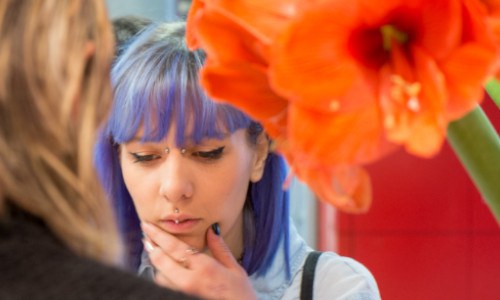
A journey from prehistory to the present, between theory, field practice and an international perspective.
News, events, and notices for your studies
A call to join a free training programme to develop new skills, and engage with experts. Submit your project by 2 February 2026.
The Ernesto Balducci Foundation promotes a degree award in memory of Ernesto Balducci, focused on themes of peace.
The Il Camaleonte Association announces a literary competition for unpublished works in the Italian language, on any theme, across all forms of writing, theatre, cinema, and music.
The Department of Intelligence and Security is launching an award dedicated to the best master’s theses on topics of interest to the intelligence community. Deadline: 15 April 2026.
Generali Italia announces two degree awards on the topic of corporate welfare and its impact on family and community. Deadline: 30 April.
Who it's for: Studio dal secondo anno in poi
Deadline: 04 giu 2026, 12:00
Who it's for: Studio al primo anno, Studio dal secondo anno in poi, Ho una laurea
Deadline: 16 gen 2026, 12:00
Who it's for: Studio al primo anno, Studio dal secondo anno in poi, Ho una laurea
Deadline: 05 feb 2026, 13:00

People and resources can support you well beyond your studies: free e-books and online resources, an app to check available seats in study rooms, support for difficult situations, and psychological assistance.